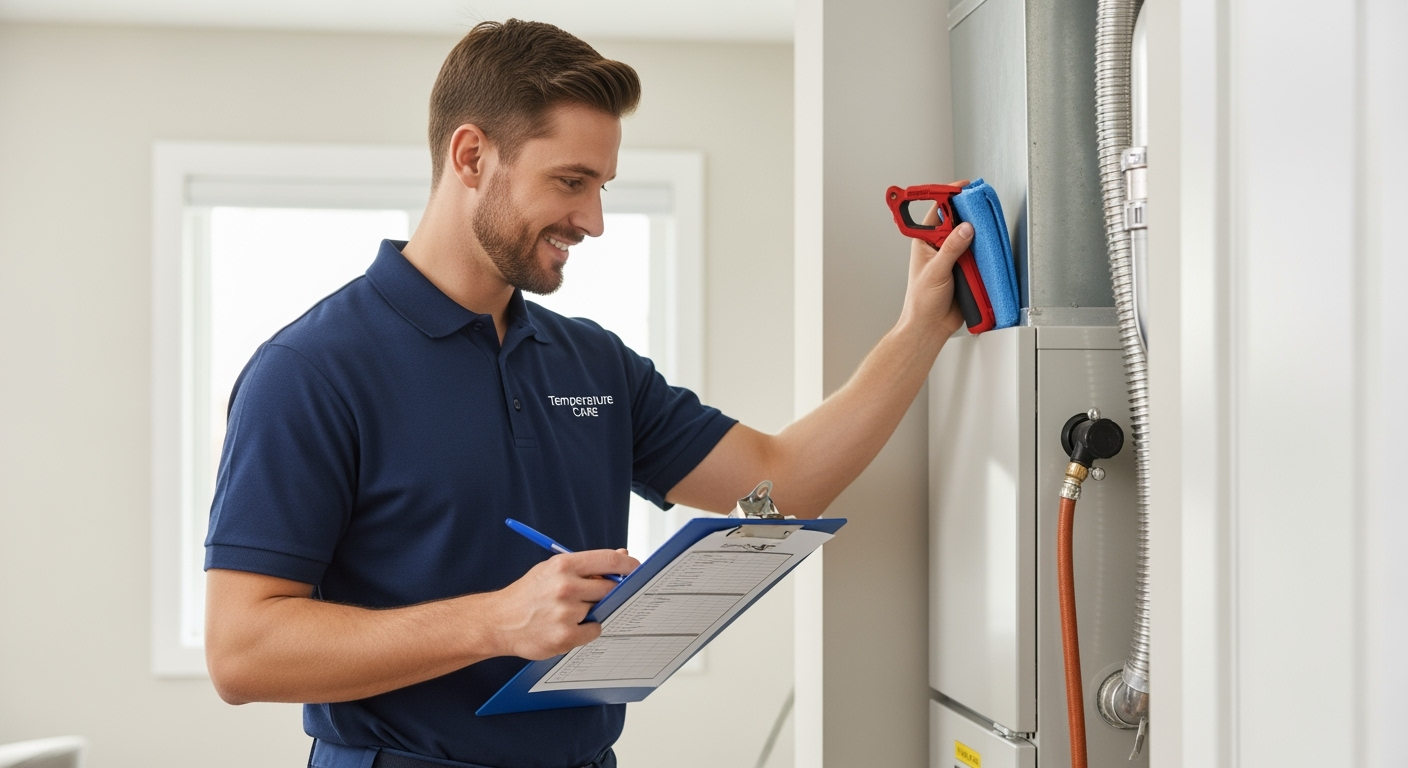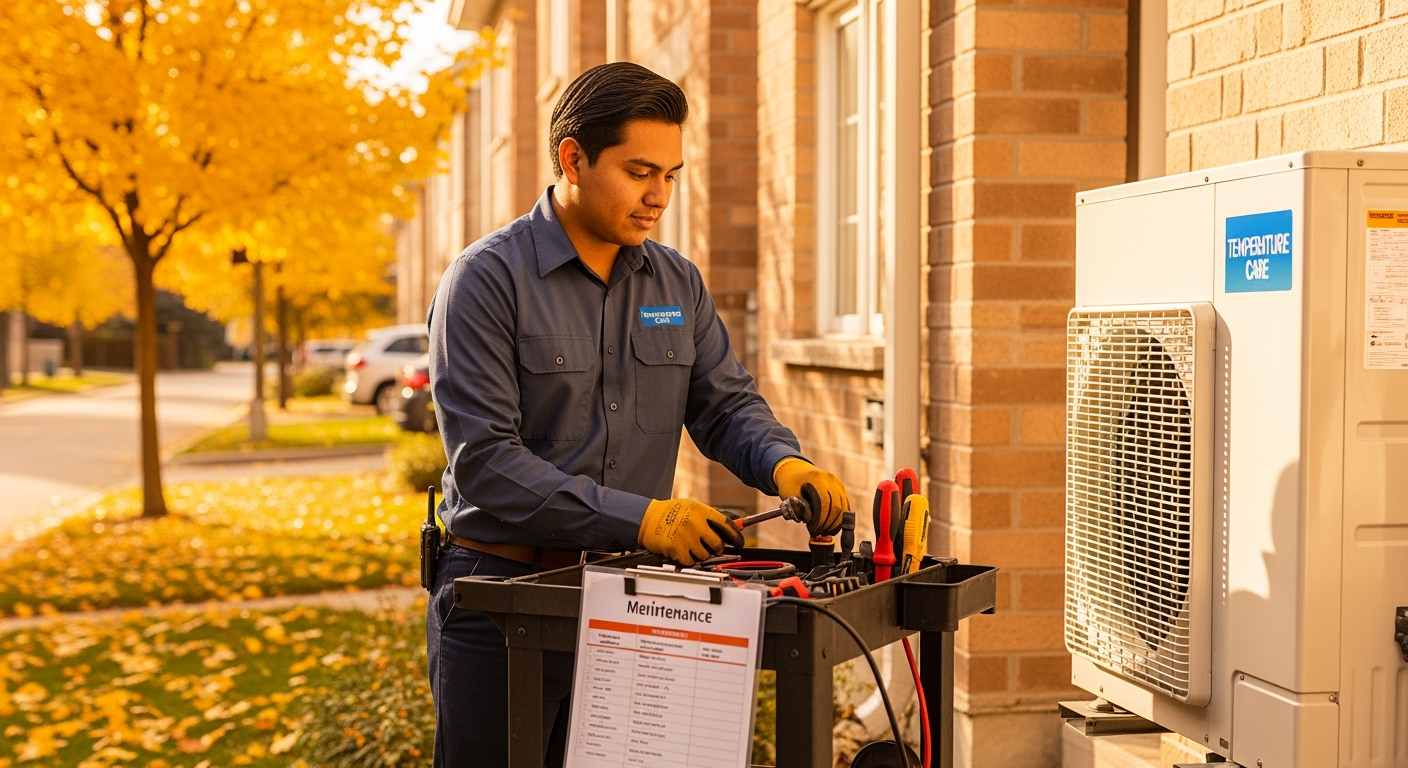Introduction to Heat Pumps
Heat pumps have emerged as a highly efficient solution for heating and cooling homes. Unlike traditional systems that generate heat, heat pumps transfer it from one place to another, making them both energy-efficient and environmentally friendly. In this comprehensive guide, we delve into the mechanics of heat pumps, exploring how they function, their components, and the benefits they offer.
The Basic Principle of Heat Pumps
At the heart of a heat pump\’s operation is the second law of thermodynamics, which states that heat naturally flows from a warmer space to a cooler one. Heat pumps capitalize on this principle by reversing the process to move heat from a cooler area to a warmer one, thereby providing heating or cooling as needed.
Heat Transfer Process
- Evaporation: The process begins in the evaporator, where a refrigerant absorbs heat from the outside air, ground, or water source. As the refrigerant absorbs heat, it evaporates, turning from a liquid into a gas.
- Compression: The now gaseous refrigerant is drawn into the compressor, where it is compressed to a higher pressure, increasing its temperature.
- Condensation: The hot, high-pressure gas then moves into the condenser. Here, it releases the absorbed heat as it condenses back into a liquid. This released heat is then used to warm the air or water in your home.
- Expansion: Finally, the refrigerant passes through an expansion valve, where its pressure drops, cooling it down and returning it to a liquid state. The cycle then repeats.
Types of Heat Pumps
There are several types of heat pumps, each designed to suit different climates and property types. Understanding these variations can help homeowners select the most appropriate system for their needs.
Air Source Heat Pumps (ASHPs)
Air source heat pumps are the most common type, extracting heat from the outside air even at low temperatures. These systems are easy to install and are particularly popular in moderate climates.
- Benefits: ASHPs are highly efficient, often delivering up to three times more heat energy than the electrical energy they consume. They can also function as air conditioners in warmer months.
- Limitations: The efficiency of ASHPs can drop in extremely cold climates, where the outside air has little heat to offer.
Ground Source Heat Pumps (GSHPs)
Ground source heat pumps, also known as geothermal heat pumps, extract heat from the ground, which maintains a relatively constant temperature year-round.
- Benefits: GSHPs are incredibly efficient and can operate in a wide range of climates. They also have a longer lifespan than ASHPs.
- Limitations: Installation costs are higher due to the need for extensive groundworks, such as drilling or trenching.
Water Source Heat Pumps
Water source heat pumps draw heat from a nearby water source, such as a lake, river, or well.
- Benefits: These systems are highly efficient and particularly well-suited to properties with access to a consistent and nearby water source.
- Limitations: Like GSHPs, the installation can be costly and complex, requiring specific site conditions.
Key Components of Heat Pumps
To fully understand how heat pumps work, it’s essential to know the key components that make up the system.
Evaporator Coil
The evaporator coil is responsible for absorbing heat from the external environment. Whether it’s air, ground, or water, the evaporator coil plays a critical role in converting the refrigerant from a liquid to a gas.
Compressor
The compressor is the powerhouse of the heat pump, increasing the pressure and temperature of the refrigerant. By compressing the refrigerant, the compressor ensures that the system can effectively transfer heat.
Condenser Coil
The condenser coil releases the absorbed heat into your home. As the refrigerant cools and condenses back into a liquid, it releases its heat, which is then distributed throughout your home via the HVAC system.
Expansion Valve
The expansion valve controls the flow of refrigerant into the evaporator, reducing its pressure and temperature to prepare it for the next cycle of heat absorption.
Efficiency and Environmental Impact
One of the most compelling reasons to choose a heat pump is its efficiency. Heat pumps can achieve efficiencies of over 300%, meaning they can produce three times as much heat energy as the electrical energy they consume.
Energy Efficiency Ratings
Heat pumps are rated using the Seasonal Energy Efficiency Ratio (SEER) for cooling and the Heating Seasonal Performance Factor (HSPF) for heating. Higher SEER and HSPF ratings indicate greater efficiency, which can lead to lower energy bills and reduced environmental impact.
Environmental Benefits
By transferring heat rather than generating it, heat pumps significantly reduce carbon emissions compared to traditional heating systems like furnaces and boilers. This makes them an attractive option for homeowners looking to reduce their carbon footprint.
Installation and Maintenance
While heat pumps are generally low-maintenance, proper installation and regular servicing are crucial to ensuring their longevity and performance.
Professional Installation
To achieve optimal performance, heat pumps should be installed by qualified professionals who can assess your home’s specific needs and recommend the best system. Proper sizing and placement of the unit are key factors in maximizing efficiency.
Routine Maintenance
Regular maintenance, including filter changes, coil cleaning, and refrigerant level checks, is essential to keep the system running efficiently. Homeowners should schedule annual maintenance checks to ensure the system operates at peak efficiency.
Conclusion
Heat pumps are an innovative and efficient solution for home heating and cooling, offering significant energy savings and environmental benefits. By understanding how heat pumps work and selecting the right system for your home, you can enjoy a comfortable living environment while reducing your energy consumption.
If you want to read more information about how to boost traffic on your Website just visit –> The Insider\’s Views.
 905-780 3262
905-780 3262

